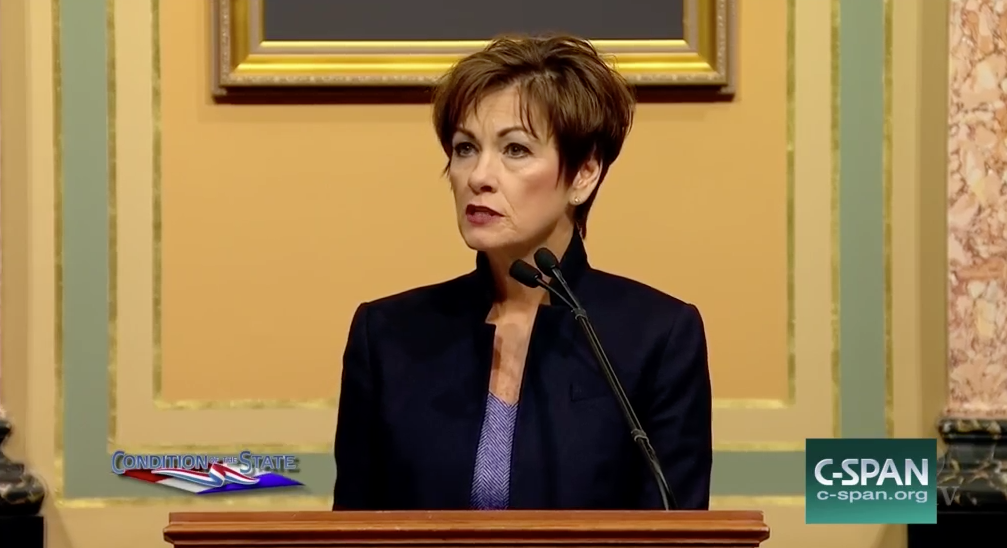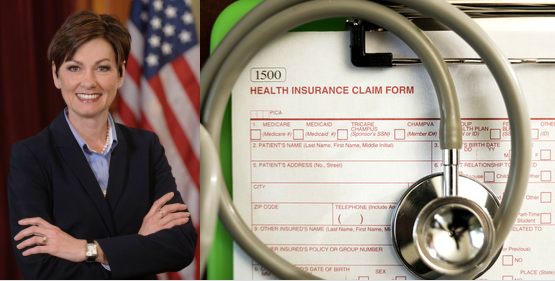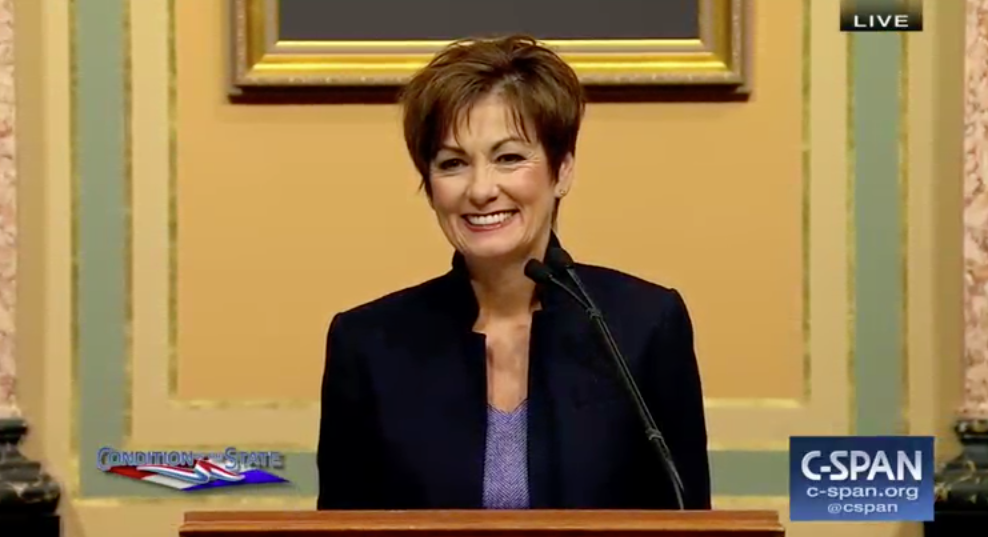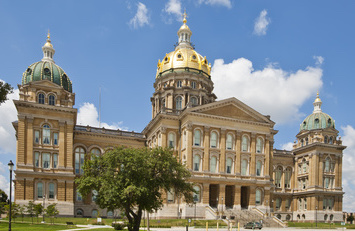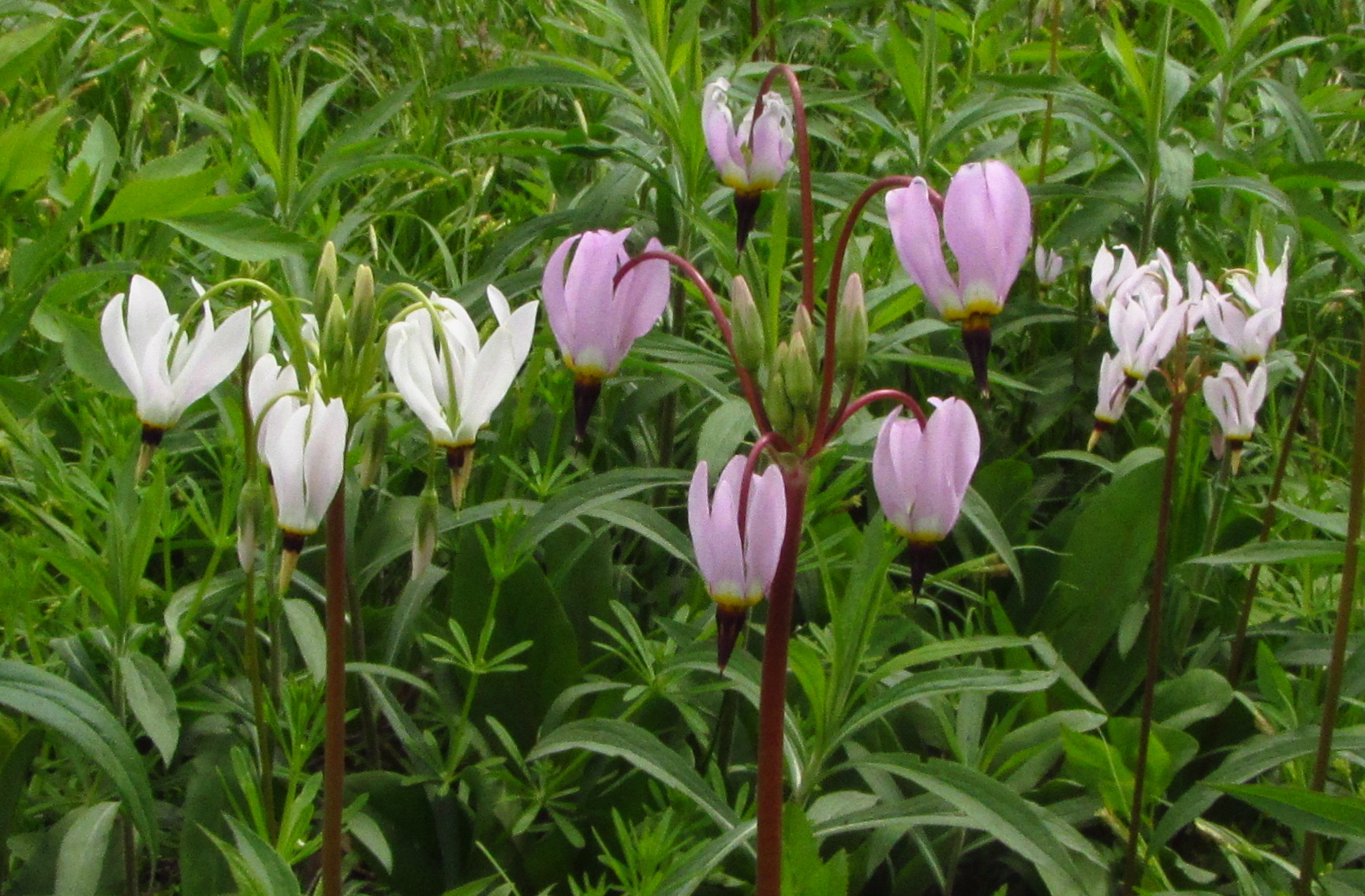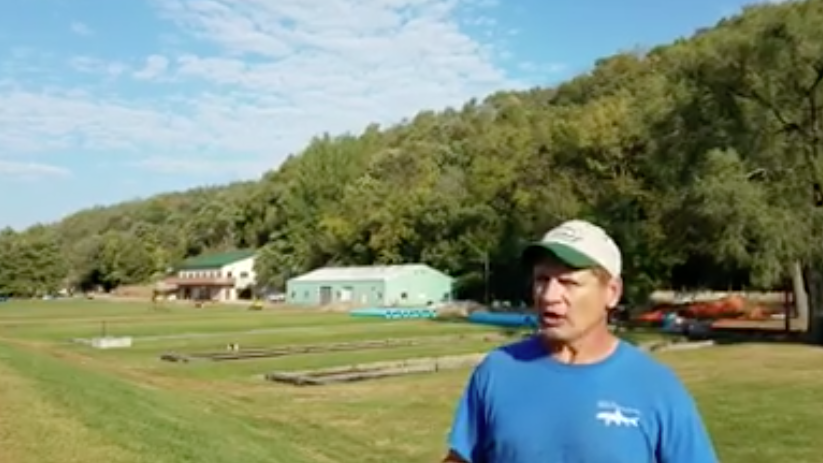The Iowa House opens its 2018 session today with 58 Republicans, 41 Democrats, and one vacancy, since Jim Carlin resigned after winning the recent special election in Iowa Senate district 3. Voters in House district 6 will choose Carlin’s successor on January 16. UPDATE: Republican Jacob Bossman won that election, giving the GOP 59 seats for the remainder of 2018.
The 99 state representatives include 27 women (18 Democrats and nine Republicans) and 72 men. Five African-Americans (all Democrats) serve in the legislature’s lower chamber; the other 95 lawmakers are white. No Latino has ever been elected to the Iowa House, and there has not been an Asian-American member since Swati Dandekar moved up to the Iowa Senate following the 2008 election.
After the jump I’ve posted details on the Iowa House majority and minority leadership teams, along with all chairs, vice chairs, and members of standing House committees. Where relevant, I’ve noted significant changes since last year.
Under the Ethics Committee subheading, you’ll see a remarkable example of Republican hypocrisy.
Some non-political trivia: the Iowa House includes two Taylors (one from each party) and two Smiths (both Democrats). As for first names, there are six Davids (four go by Dave), four Roberts (two Robs, one Bob, and a Bobby), four Marys (one goes by Mary Ann), three Johns and a Jon, and three men each named Gary and Charles (two Chucks and a Charlie). There are also two Elizabeths (a Beth and a Liz) and two men each named Brian, Bruce, Chris, Todd, and Michael (one goes by Mike).
Continue Reading...

